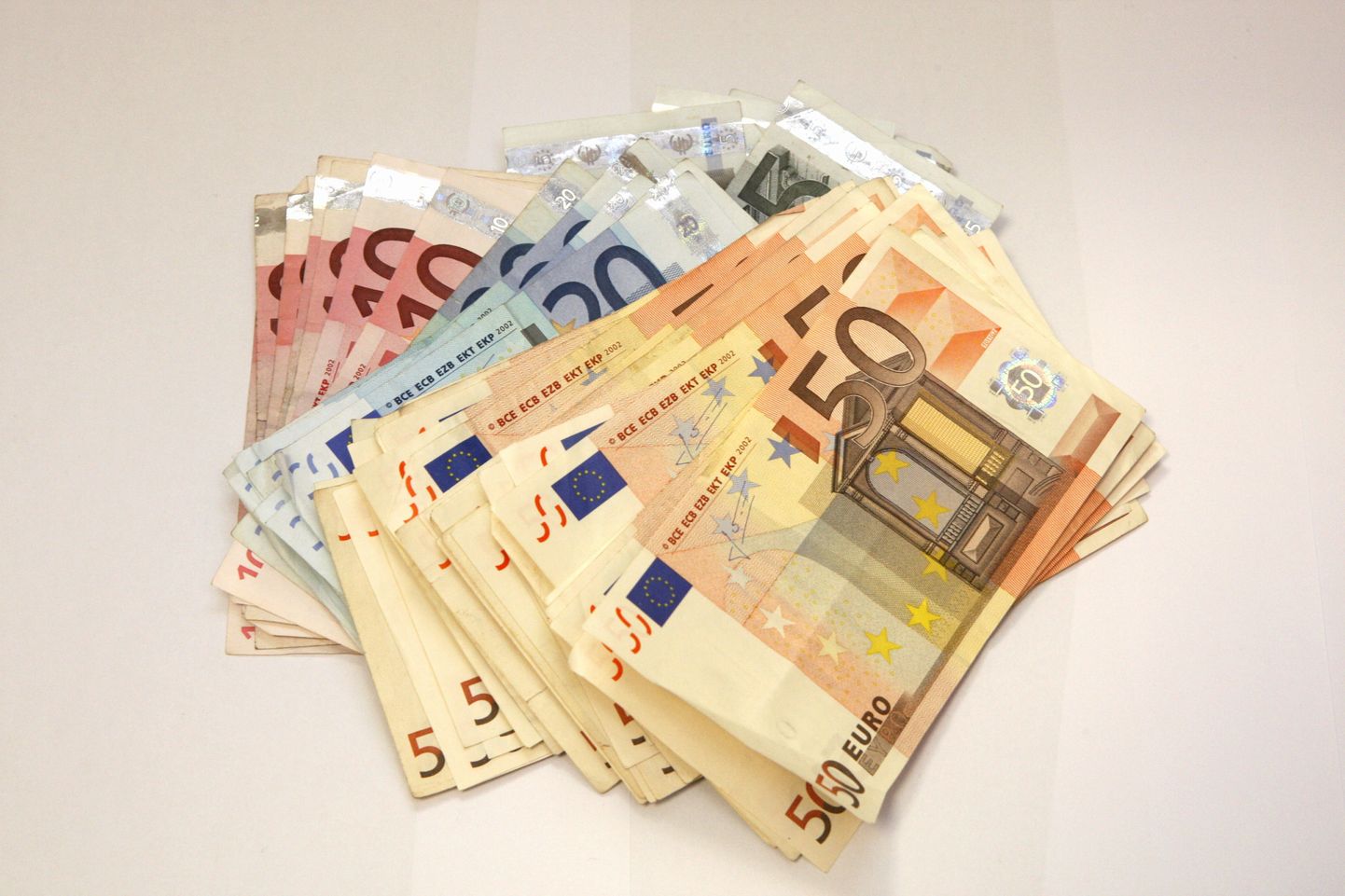To add irony, read the added statement: «Opening a deposit in Internet bank, the euro deposit interest rate is higher.»
«European Central Bank measures to revive European economy after the economic crisis have led to a situation where the price of money i.e. the base interests have been taken to near zero. Ultra-low base interests also mean ultra-low deposit interests in banks,» was how the zero-interests were substantiated by SEB board member Eerika Vaikmäe-Koit.
«Despite the lack of yields, fixed-term deposits are still an appreciated place for customers to keep their buffer money, as the money is outside everyday use of the customer. All told, in the current economic environment, it is impossible to earn yields risk-free,» she added.
In Swedbank, the interest rates are not totally zero, but still: on 11 month deposits, the bank only pays 0.01 percent of interest – essentially nothing. For instance, should one deposit 60,000 for 11 months (in the old currency almost a million kroons), mere €5.5 will have been earned by the end of the term. Depositing the minimal possible sum for 11 months – €190 – a client will earn 1.7 cents.
«These days, European Central Bank and Sweden’s Riksbank (Swedish central bank – edit) are employing active monetary policy measures to boost economic growth. One of the expressions of that is regulating money market by central bank interests. As a result of the latter, for quite a while, the base deposit rate at European Central Bank is –0.2 percent and this is also reflected in inter-bank money market rates,» explained Swedbank.

